Helpful Tips To Get Your Supersprayer Ready For Winter
Downtime is costly, which is why successful farmers take special care to properly maintain their equipment during the off months. With winter fast approaching, it’s the perfect time to maintain your Supersprayer so it’s ready to go for next season.
Because water expands when it freezes, it’s critical the proper steps are taken to prepare a sprayer during the cold months to avoid costly repairs. Here are a few tips to make winterizing easy.
Rinse
Prior to storing a sprayer for the winter it needs to be thoroughly rinsed of all chemical residues. Don’t just fill it once, but instead rinse the sprayer several times with a small amount of clean water.
After this process, make sure all water is drained from the sprayer so freezing causes no damage. Once the inside of the tank is cleaned, don’t neglect the outside, which should be rinsed with clean water as well.
Always remember to read the label of the pesticide, herbicide or fungicide used and wear appropriate personal protective equipment when cleaning.
Clean
With the tank rinsed, it’s time to decontaminate it. Remember to run the cleaning solution through the entire system, including agitation and return lines. Rinse clean water through the system after it has been thoroughly cleaned, opening nozzles and running water until only clean water comes out.
Maintenance
Now that your Supersprayer is rinsed and cleaned, carefully inspect the system making note of any maintenance concerns and repairing them. Look at the nozzles, screens, hoses, valves, pumps, boom and tank. It’s also an ideal opportunity to check the tank integrity, as well as make any modifications.
Storage
With the equipment cleaned and maintained, put it in the barn, right? Not exactly, as proper storage will assure the sprayer is ready to go for the following season. Any removable parts — nozzles, filters, tips, check valves, screens, pressure gauges, etc. — should be removed to ensure that there is no damage during storage. Store these at temperatures above freezing, and be sure to clean filters with soapy water before storage.
The last step is to circulate antifreeze throughout the system including the boom’s hoses. Cap the boom nozzles, keeping in mind that one or two nozzles may need to be left open to ensure total circulation. If so, cap them when the system is filled to assure antifreeze is in the entire system. If you have foam markers and flow meters, don’t forget to clean these, too.







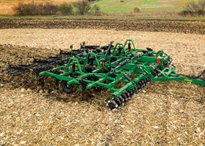

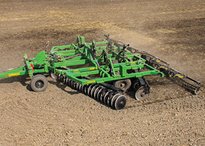
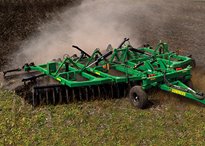
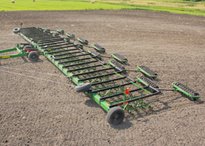
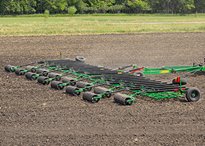
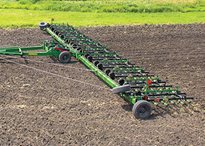
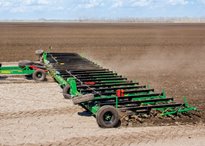
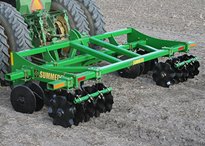
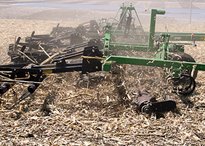
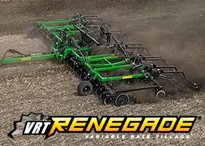
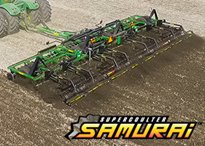
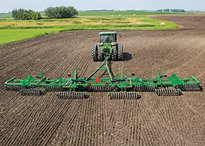
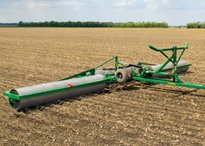
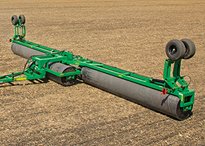
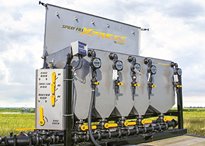


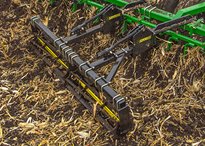

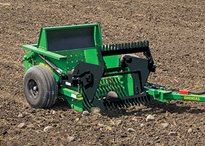
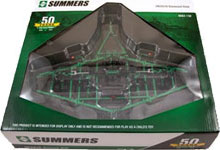 Hats, Diecast Models, Gloves and More!
Hats, Diecast Models, Gloves and More!
 Library
Library